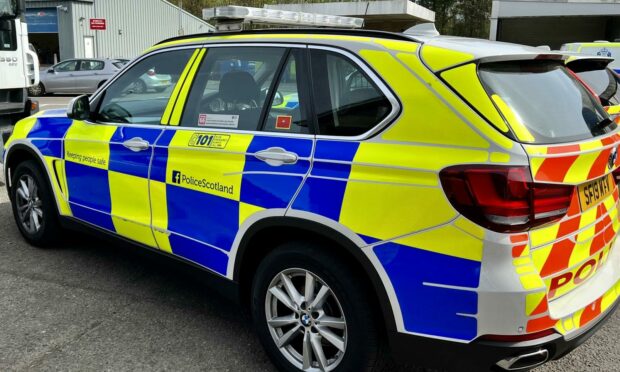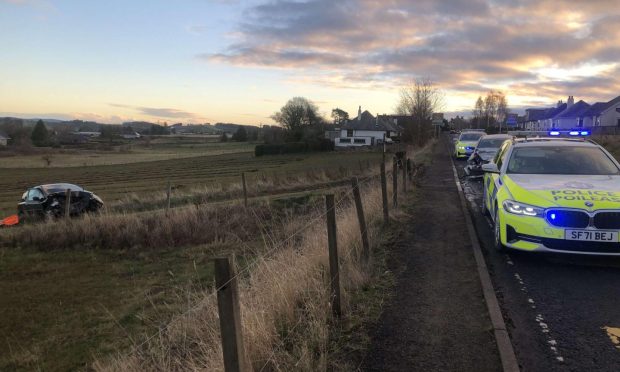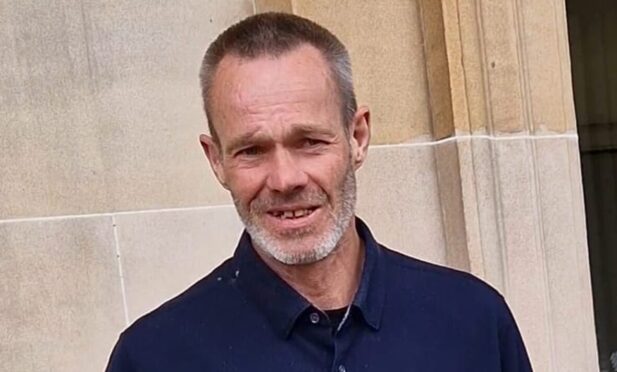Speeding offences in Fife have nearly doubled in a year.
The number of recorded crimes soared from 647 in 2020/21 to 1,280 this year, according to the latest Police Scotland performance review figures.
Fife has seen the second highest year-on-year percentage rise in Scotland for speeding offences after the Western Isles, where actual numbers are much lower.
Chief Inspector Jon Harris, Road Policing area commander, said: “Specialist road policing officers and colleagues from local policing carry out activity on the roads of Fife every day to deter speeding and detect any offences which do occur.
“Officers also respond to community complaints of speeding and conduct speed surveys to identify any problems.
“Where regular speeding is identified through this evidence based approach we will look at a range of solutions with partners, including speed enforcement, to try and slow people down.”
The changing number of vehicles on the roads due to pandemic restrictions being lifted will likely also have played a part in the rise in recorded speeding offences in the Kingdom.
Despite the increase, speeding crime rates per 10,000 people in Fife remain slightly below the Scottish average, as do the region’s dangerous driving and drink and drug driving rates.
Council areas with the highest speeding crime rates include Dumfries and Galloway, Aberdeenshire, Angus, Perth and Kinross and Highland.
In Perth and Kinross, the number of speeding offences fell slightly from 2,101 to 1968 year-on-year.
In Dundee, there was also a fall in such crimes from 1,105 to 856.
Areas with the lowest proportion of speeding crimes by population include the Lothians, Borders and East Dunbartonshire.
Chief Inspector Harris added: “Travelling at inappropriate speeds is proven to be a significant factor in fatal and serious injury collisions.
“This can be avoided if motorists take road safety seriously by paying attention to speed limits and the prevailing road, weather and traffic conditions.
“Police Scotland is committed to improving road safety and continues to work with a variety of partners, however we need motorists to recognise the dangers of speeding and the need to obey speed limits at all times.”










